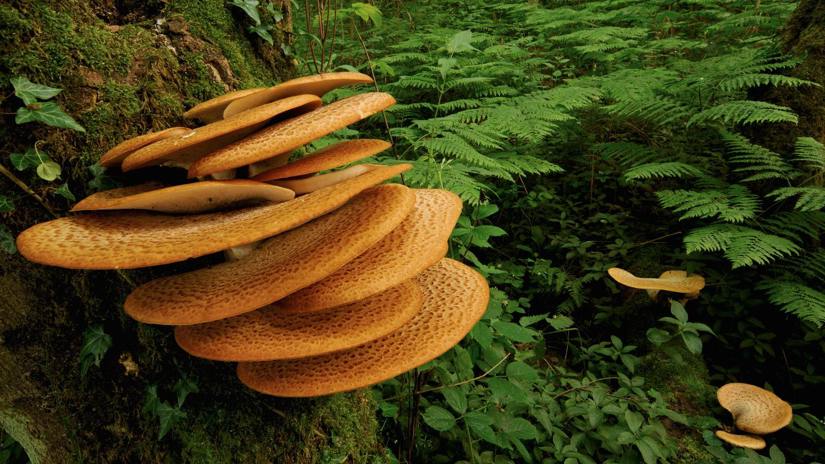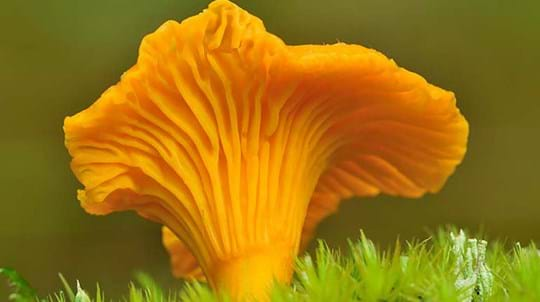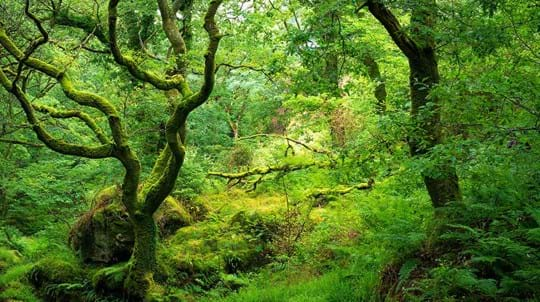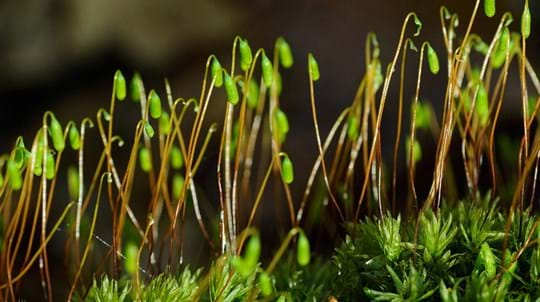
Credit: Simon Colmer / naturepl.com
Where to find bearded tooth fungus
Bearded tooth fungus is native to Europe, Asia and North America. In the UK it’s mostly found in beech woods in southern England, with the population stronghold in the New Forest, Hampshire. It grows on the deadwood of fallen trees and on the trunks and large branches of standing trees, especially old, veteran or ancient individuals.






